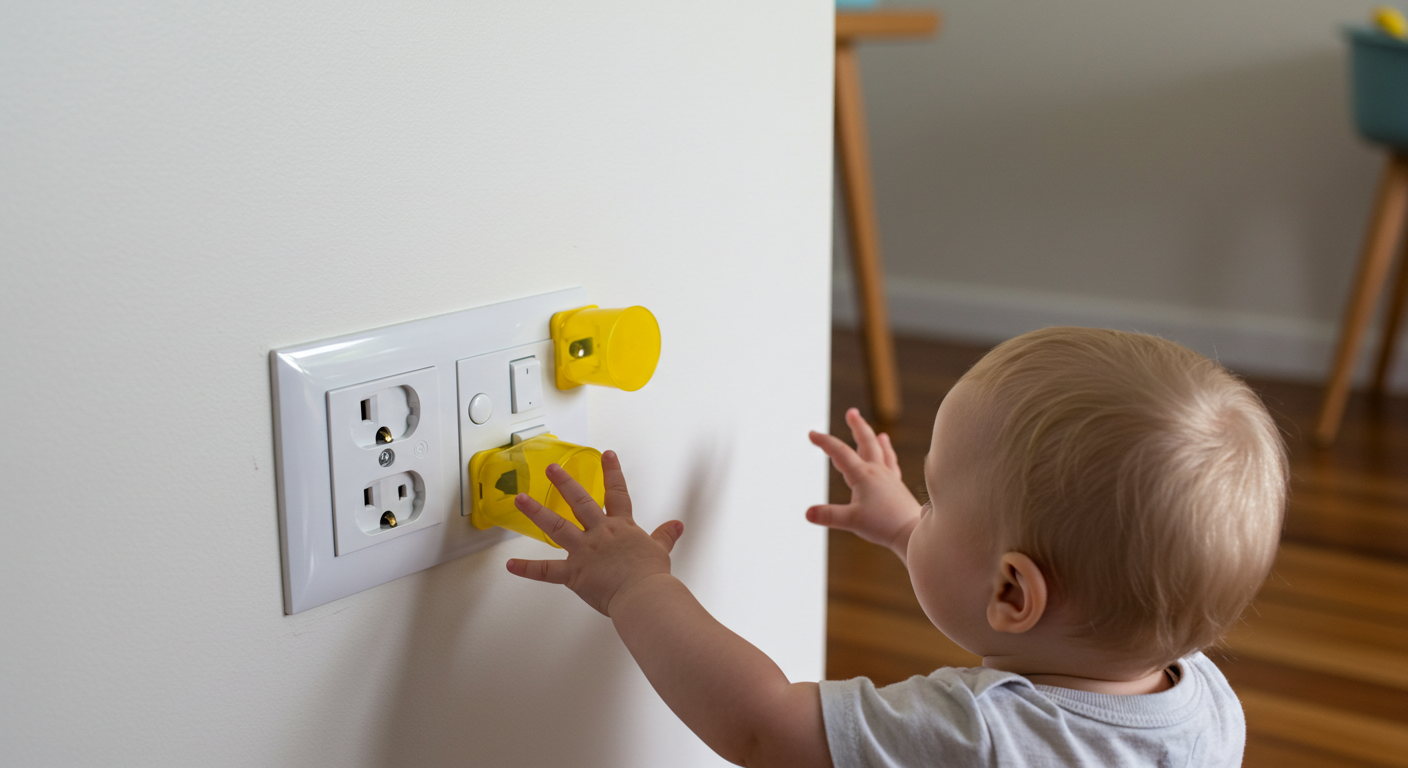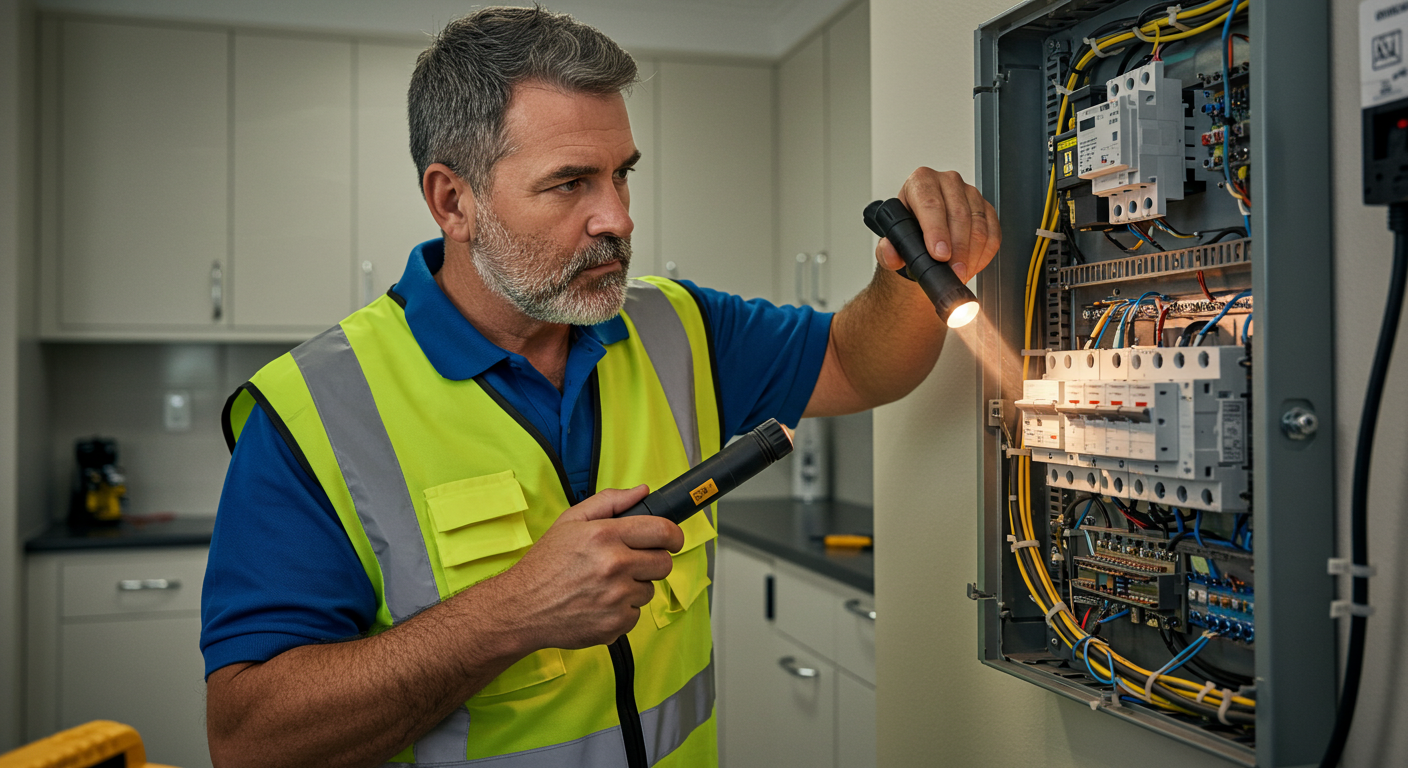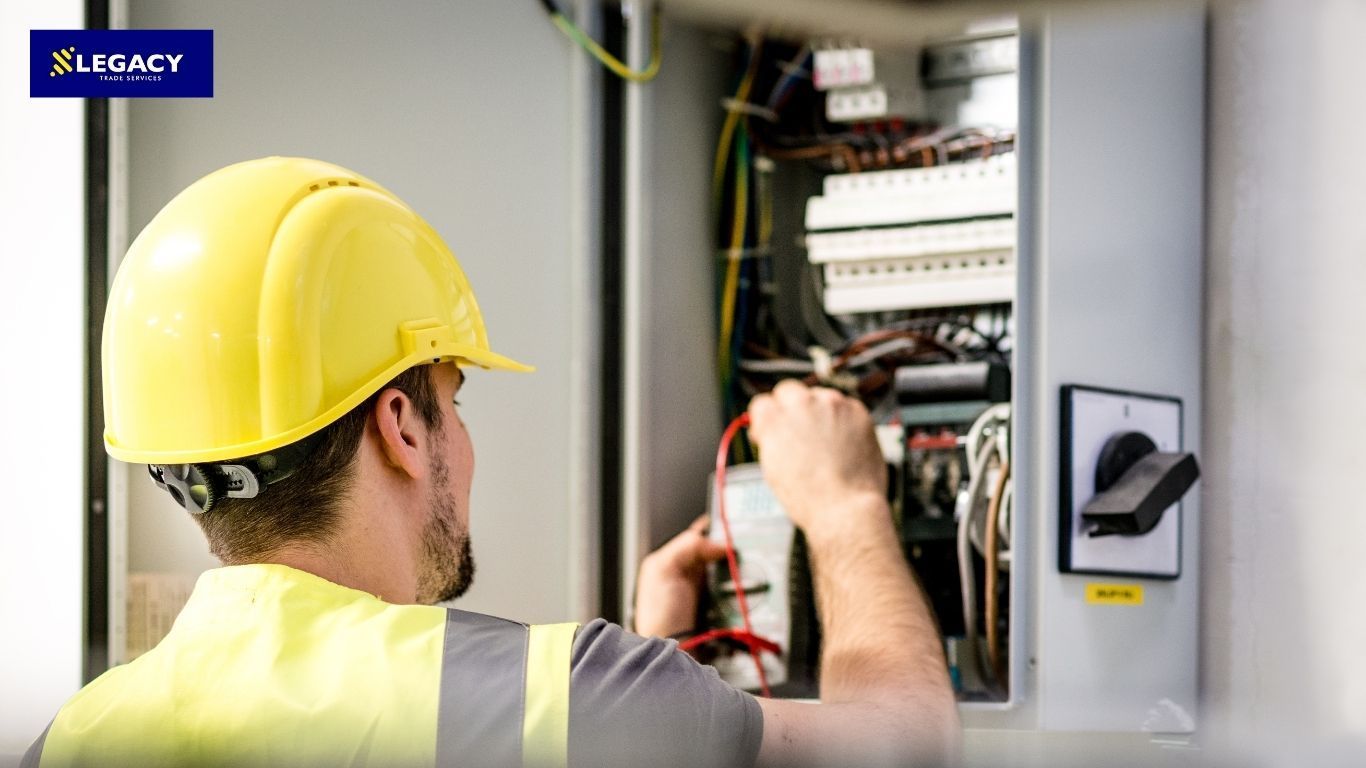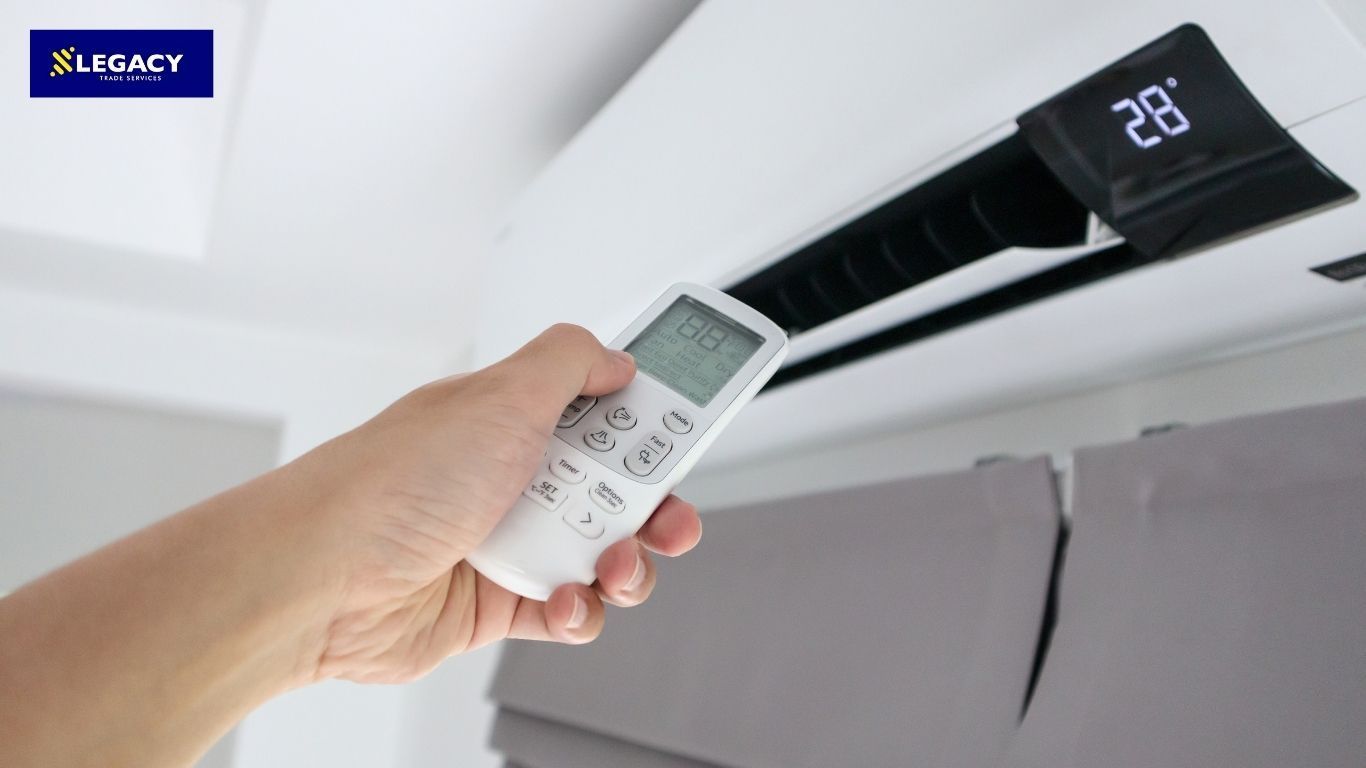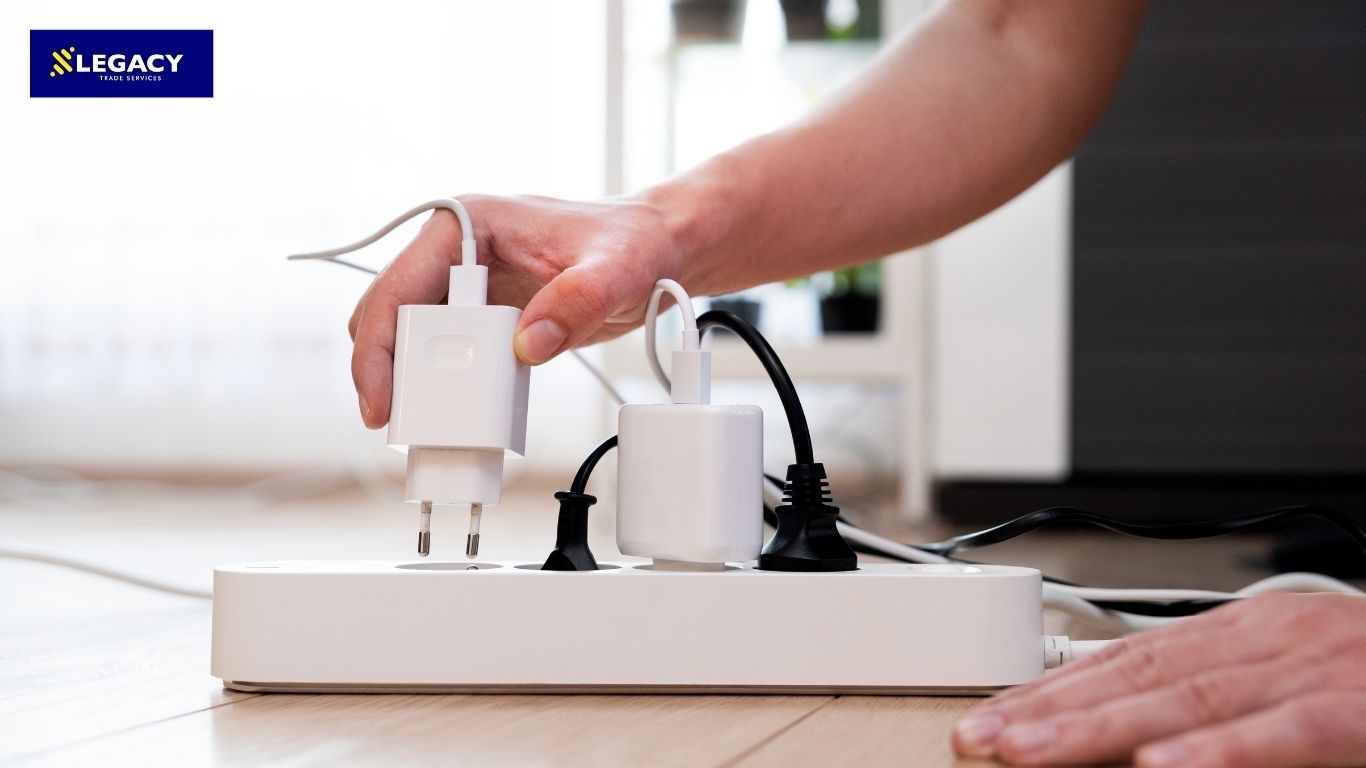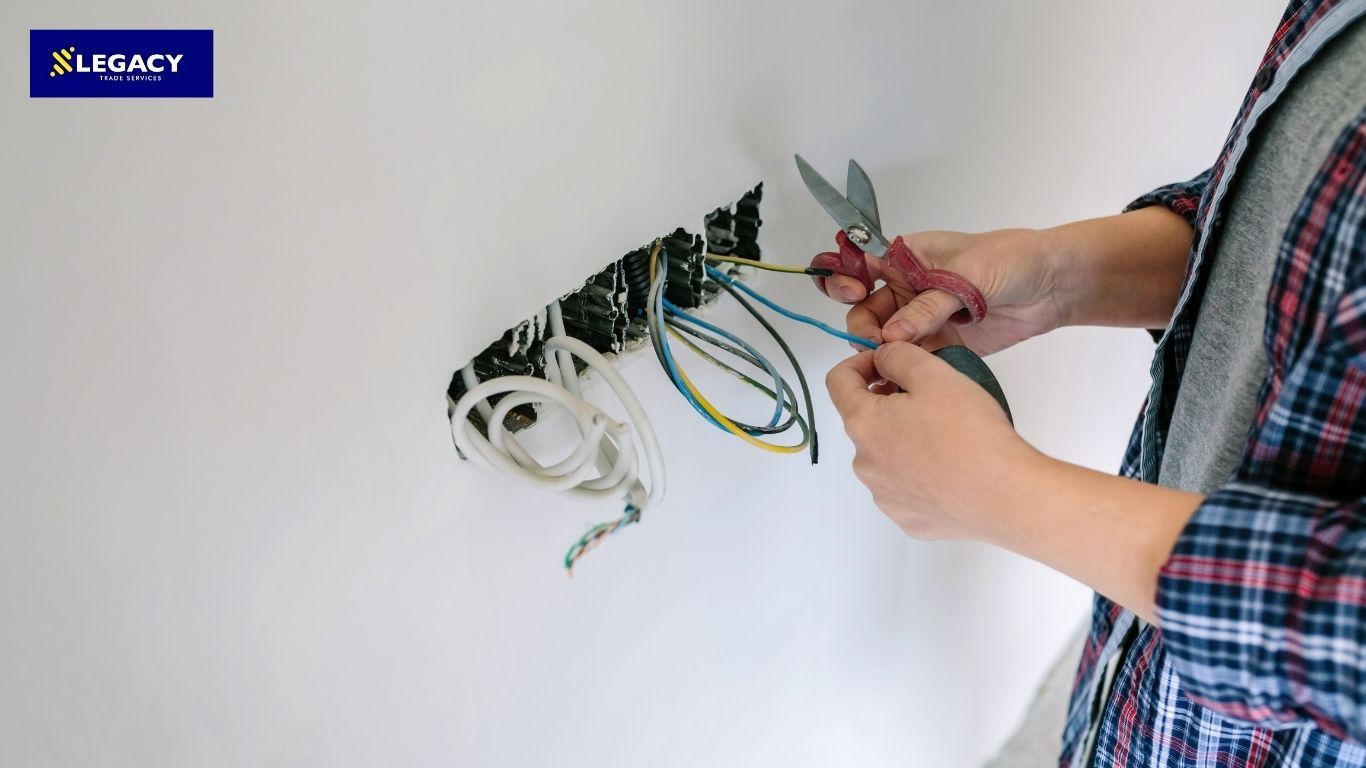What Is an Electrical Risk Assessment and Why Does It Matter?
Managing electrical risk is a significant issue for workplace and domestic areas due to poorly maintained electrical systems. You can take a proactive step to protect people and property by incorporating safety into your risk assessments. This guide explains how electrical safety plays a crucial role in thorough fire risk assessments, helping business owners, landlords, and real estate agencies to follow the rules and stay protected.
What Is an Electrical Risk Assessment?

The risk assessment forelectricians is a thorough process that aims to identify, evaluate, and control dangers related to electrical work. The method is set up to keep electricians safe as well as anyone who might be affected. The risk assessment looks at many possible dangers, covering electric shocks that can happen if someone touches live wires accidentally. It also deals with arc flash events, which can cause serious heat and pressure problems. The assessment checks out risks from broken or not-good-enough gear, which might stop working or mess up. The process also identifieselectrical hazards in the home, such as the presence of wet conditions, overloaded circuits, electric shocks, damaged insulation, electrocution, exposed wiring, or trailing cables.
Why Electrical Risk Assessment Matters?
Risk management identifies potential electrical threats within a building and evaluates the steps taken to reduce them. Electrical installations are a key component of any assessment. This process will include inspecting electrical installations, testing and inspection of equipment, as well as identifying issues such as hazardous wiring, faulty outlets, or an over-reliance on extension cables. If electrical safety is included as part of fire risk management periodically, property owners will be able to:
Recognises Danger
While electric shocks aren't always apparent, they can create a significant threat. Monthly inspections, regular testing, and daily remediation work will ultimately reduce any unknown threats.
Avoid Accidents
Electric dangers can lead to the worst injuries or deaths. Threat assessments lower these risks by finding and dealing with possible dangers.
Understand Policies and Procedures
Different electronics standards and regulations, such as theOccupational Health and Safety Act 2004, demand regular monitoring of the systems. It is mandatory to adhere to this rule for proper safety and to stay cautious of legal consequences and extensive fines.
Workplace Electrical Safety
A safer place to work lifts employee spirits and increases work value by minimising the chance of accidents.
Protecting Property and People
Safe electrical systems mean that there is less likelihood of a fire. Your tenants, employees, and visiting clients will be more secure if risks are regularly addressed.
Appropriate Electrical Safety Strategies for Risk Assessments
When thinking about providing the right level of electrical safety in Melbourne, the following strategies should also be considered:
- Electrical installations and Wiring Rules: Requirements enforced through theElectricity Safety Act 1998 and administered by AS/NZS 3017:2007 ensure the safety of electrical installations, identifying defects, deterioration, or non-conformity with standards.
- Routine Maintenance: Servicing electrical systems will also reduce risks and support a longer life of installations.
- Emergency Lighting and Fire Alarms: Maintain operational emergency lighting and fire alarms; to alert people and help in evacuation.
- Test and Tag Testing: This testing will also verify that portable electrical appliances are safe to use and will not pose a fire hazard.
How To Conduct An Electrical Risk Assessment?

A series of steps should be followed for electrical hazards risk. Following the steps below will help you comply with legal obligations to manage the security and protection of your tenants.
1. Make Arrangements for the Task
Formulate your objectives, inspect the electrical works risk assessment scope, make the appropriate documentation (e.g., electrical drawings, equipment operation manuals, previous reports, etc.), and coordinate with the professionals to complete the tasks. We recommend:
- Prepare an action plan that is detailed, clear, and reasonable. It should contain time frames, responsibilities, and objectives.
- Make sure assessors are fit, expert, familiar with the facility and equipment, and understand safety rules and electrical standards.
- Have an introductory meeting with all stakeholder representatives to outline targets and objectives.
2. Assess Potential Threats
Identify all electrical hazards affecting personnel, equipment, and the business operation. Some electrical risk assessment hazards to identify could include:
- Possible contact with or near exposed live parts (i.e., live conductor or other part of electrical circuit).
- Wires with damaged or worn insulation, defective switches, and overload on the electrical circuit.
- Arc flash or instant explosion, which occurs from a short circuit or fault.
- Deviation from protocol, such as improper earthing.
Consider the following as you identify hazards:
- Use the National law (OHS Act 2004), AS/NZS 3000, AS/NZS 3760, and the electrical safety audit checklist for electrical safety inspection.
- Consider using diagnostic tools and equipment, like thermal imaging or insulation testers.
- Evaluate external risk factors of the environment in domestic situations, like moisture, dust, and temperature. These factors may increase the electrical risk if not managed.
3. Evaluate Risks
Risks assessed based on potential severity and likelihood can help to prioritise those risks in the shorter term and establish how to resource them. Your goal is to prioritise the higher lethality risks to people and the building. Observe these best practices below:
- When doing site works and workplace electrical safety risk assessments, ensure that the advice of over-sighted authorities is strictly followed. All work is then done underOHS Regulations 2017,AS/NZS 3017 (Electrical verification),ISO and IEC Committees, andISO 45001.
- Account for entry and exit, plus any direct and indirect consequences from associated hazards, including secondary injuries incurred and encompassing downtime and damage to your reputation.
- Try combinations of templates or exemplars of different types or in digital form for your electrical risk management.
4. Control the Risks
Control measures are actions that eliminate, reduce, or control the risks that are identified. The use of control measures will reduce the chances of injuries and accidents, as well as impact the safety culture of the organisation. The following lists examples of possibilities according to the hierarchy of controls.
- Elimination: De-energise hazardous area electrical equipment before maintenance or inspection. Additionally, consider if electrical equipment with a high level of risk should be taken out of service or condemned.
- Substitution: Remove electrical tools using high voltage and replace them with low-voltage or battery-operated tools.
- Engineering Controls: Circuit protection devices, such as circuit breakers and residual current devices, areinstalled in electrical circuits to protect from overload. Also, the installation of barriers around uninsulated voltage and switchboards can prevent accidental contact.
- Administrative Controls: Offer training to employees on electrical safety, which includes hazard recognition and emergency intervention.
- Personal Protective Equipment (PPE): Include insulated tools, electrical gloves, safety glasses, hard hats, and flame-resistant clothing when working within the vicinity of electrical hazards.
5. Record and Report
Records of the whole approach to risk assessment include hazard identification, evaluated risks, the control measures, and corrective actions.
- The written records and reports will be communicated to relevant stakeholders, primarily regulatory authorities.
- Using standardised pro forms and templates can help improve the consistency and accuracy of your risk assessment documentation.
- Make sure that all documentation is kept in a central and secure location. And, remember to keep it updated with a periodic review and modification to the site's safety management system.
6. Monitor, Review, and Amend
Regular monitoring is crucial to ensure that security and control measures still suit when the work environment changes. There may also be the need for an update when new hazards arise and safety regulations change. You can also assign Key Performance Indicators (KPI) to monitor accident data, near-miss reporting, machine breakdown records, and insurer claims records to monitor the effectiveness of the controls in place. Get feedback or input from your employees to identify any deficiencies in the current control measures in place.
Conclusion
Assessing electrical risks helps to stop accidents, follow rules, and keep people and property safe by spotting dangers, checking risks, and adjusting controls in place. Keeping an eye on hazards and regular reviews can ensure safety protocols are followed over time. Our team atLegacy Trade Services can check the residential and workplace electrical risks to ensure safety and avoid hazards.
